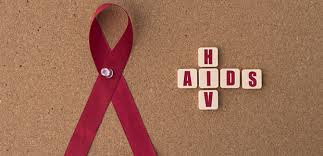Source: ohsonline.com
HRSA’s Ryan White HIV/AIDS Program will be critically important in a number of ways. Not only will it reduce HIV transmission by improving access to HIV treatment and antiretroviral medication, but it will also give those living with HIV access to a better state of health. This is significant, as many who have HIV and daily medication as prescribed (and who maintain an undetectable viral load) have effectively no risk of sexually transmitting the virus to a partner without HIV.
The following is a breakdown of how the funds were allocated, and for which initiatives:
A sum of $628.3 million was awarded to 52 metropolitan areas to provide core medical and support services to people with HIV. These grants were awarded to 24 eligible areas and 28 transitional grant areas with the highest concentration of people with HIV and AIDS and that see emergency care needs.
A sum of $1.3 billion was awarded to 59 states and territories to improve the quality, availability, and organization of the HIV health care and support services and for the AIDS Drug Assistance Program (ADAP). In addition, 16 states received Emerging Community grants based on the number of AIDS cases over the most recent five-year period, and an additional $11.2 million was awarded for an initiative for minority individuals living with AIDS.
Approximately $181.8 million was awarded as a part of the Early Intervention Services (EIS) to 349 local, community-based organizations. This sum aims to provide core medical and support services to people with HIV. Also, 76 organizations were awarded approximately $10.2 million in other Capacity Development grants.
Another part of the program allocated $69.7 million to 115 local community-based organizations to provide family-centered comprehensive HIV care and treatment for women, infants, children, and youth with HIV.
A sum of $66.7 million was awarded to support clinical training, oral health services, quality improvement, and the development of innovative models of care through several different programs.
